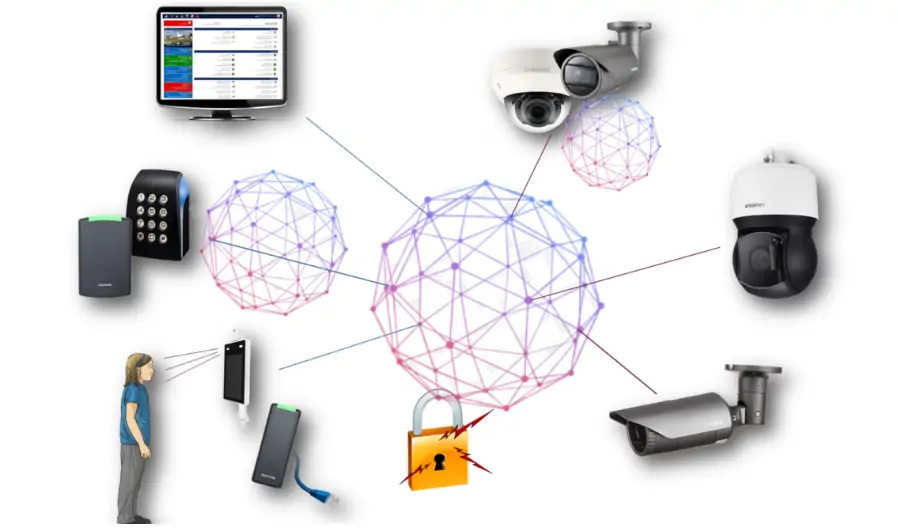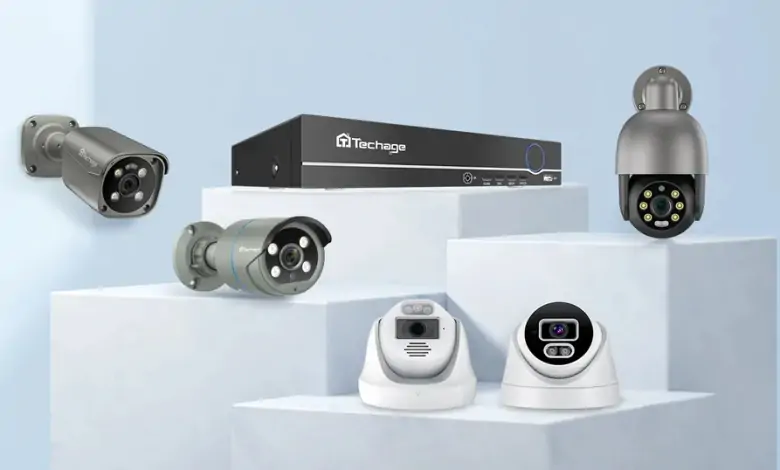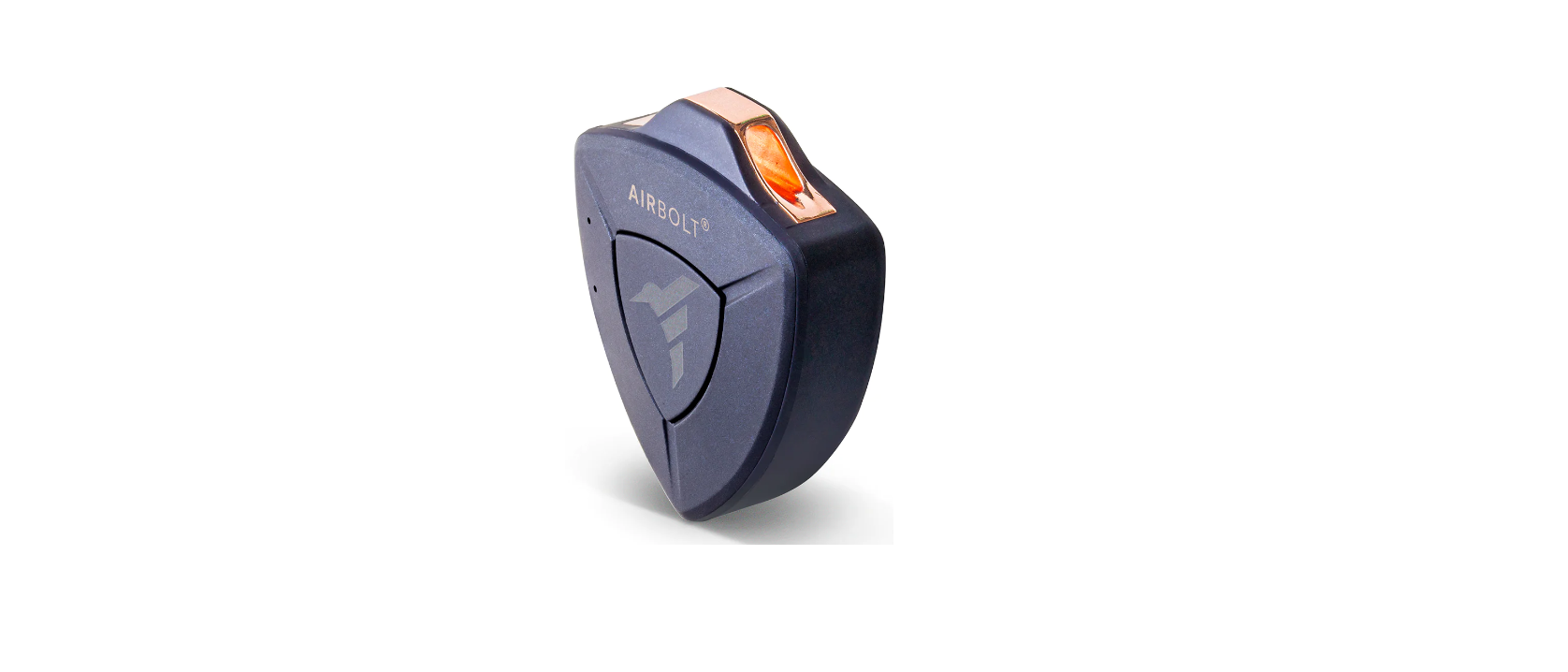This post will certainly look into the seamless integration of IP cameras with accessibility control systems, discovering the numerous methods this mix can enhance protection and surveillance, enhance gain access to management, and enhance decision-making efficiency.
What is an IP Camera?
Before we explore the smooth integration of IP cameras with gain access to control systems, let’s begin by understanding the significance of an IP electronic camera, also generally known as a safety and security camera. An IP electronic camera, an abbreviation for Web Procedure video camera, is a digital camera designed to send and get information using the web or a local area network. Unlike traditional analog video cameras, IP cameras master recording and transferring high-definition digital pictures, making them a fundamental element of contemporary safety systems.
These IP cameras are available in a selection of forms, consisting of Wi-Fi, PoE (Power over Ethernet), battery-powered, and more. They can serve standalone objectives or be integrated with video clip recorders to create an extensive safety and security electronic camera system, appropriate for use in both domestic and industrial environments.
Integrating IP cameras with gain access to control systems offers a robust service for boosting safety security and monitoring. By incorporating the capabilities of high-def IP cameras with accessibility control, it becomes possible to check, record, and validate every access and departure in a facility. This helps to prevent burglary, criminal damage, and unapproved accessibility, offering a more secure and much more safe and secure environment.
Real-time visual verification and auditing are among the essential benefits of this assimilation. With remote tracking, there can be real-time visual authentication of individuals seeking gain access to. When someone demands entry, real-time electronic camera feeds can be used for identification confirmation, including an extra layer of security to prevent unapproved gain access.
The integrated system’s real-time surveillance capabilities are very important, giving prompt notifications and alerts when unapproved gain access to attempts or unusual tasks take place. This makes it possible for a positive strategy for safety and security management, permitting possible safety and security dangers to be addressed swiftly and successfully.
Video Confirmation and Forensic Examination.
IP cameras provide powerful video clip confirmation capacities, which are important in forensic investigations. High-def video recordings serve as critical evidence for addressing situations, determining suspects, and supplying lawful documentation. This not only boosts safety for the residential or commercial property but likewise aids in ensuring individual safety and security.
Centralized management and scalability are supplied by the combination. Monitoring and controlling several electronic cameras and accessibility control tools can be done from a solitary location. In addition, the system is conveniently scalable, allowing for a seamless combination of additional tools as required, without the need for extensive infrastructure alterations.
The extensive system provides solid information analytics and understanding. Via the analysis of access and departure records and video information, it is feasible to detect patterns, uncommon patterns, and prospective risks. This deeper understanding of the structure’s procedures permits improved safety actions and knowledgeable decision-making.
Enhanced Decision-making and Effectiveness.

Using IP cameras with accessibility control systems causes a lot more efficient decision-making. Management can access real-time information and historical documents to support the decision-making process. This, in turn, enhances functional efficiency and lessens resource waste.
Scalability and Future-proofing.
The continuous evolution of technology is seamlessly accommodated by the combination of IP cameras and access to control systems. The system can be gradually increased to fulfill expanding demands while continuing to be compatible with innovations and advancements.
When using IP cameras with access control systems, it is important to think about a couple of crucial variables and comply with the finest practices. Ensure to select devices and systems that work and can be perfectly integrated. Take appropriate actions to resolve privacy and information safety problems, and train your personnel to maximize the system’s capacities.
Conclusion.
Recognizing just how to efficiently use IP cameras to gain control access is crucial in enhancing safety and security, surveillance, and access to management. This integrated strategy supplies multi-layered security, real-time surveillance, and information analysis, contributing to a thorough option for constructing management safety and security. By thinking about critical factors and ideal practices, the full possibility of this incorporated system can be recognized.






